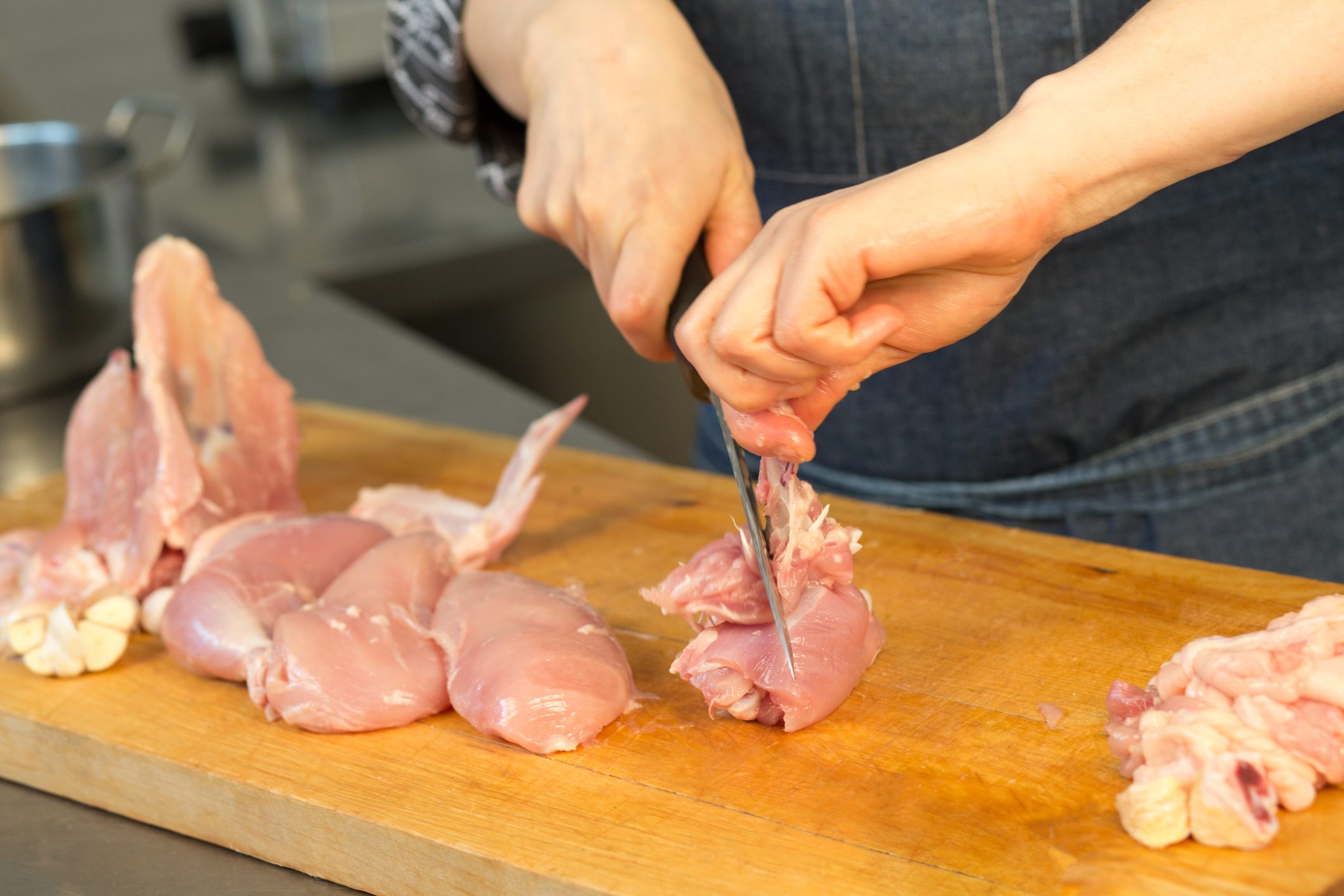10 knife skills you must know
Knife is the most handy kitchen tool, but knowing how to use it correctly is imperative to cooking and personal safety. And not just that, you must also know how to keep is clean, and handle it in the best way possible.
;Resize,width=742;)
Equip yourself with the knowledge to handle, clean, and use the knives correctly.
Knife is the most handy kitchen tool, but knowing how to use it correctly is imperative to cooking and personal safety. And not just that, you must also know how to keep is clean, and handle it in the best way possible. Read on to know 10 knife skills that you must be familiar with.
Cleaning of knife. It is important to keep the knives clean as the presence of harmful bacteria breeding over the surface of knife may contaminate the food. Wash it with dishwashing solution and hot water, followed by wiping it carefully to dry. Do not ever leave the knife unattended in the sink.

Sharpening of knife. Dull knives are a safety hazard as it requires more pressure to cut with them, which may accidentally cut your hand or finger too. Use a whetstone or seek some professional help to sharpen the knives.
Chopping. Hold the knife firmly and either place the tip of knife on the far side of food you wish to cut or place the heel of the knife near the cutting board and then move the other side of the knife up and down to chop the food. It is equally important to hold the food properly to save your fingers.

Dicing. Dicing is used for cutting fruits and vegetables in to even sized cubes, which can be achieved by first cutting the food in to several long pieces of equal width and then placing the long sections together to cut them in to cubes of the size as required.
Chiffonade. It is used to cut herbs or greens in to thin and long strips. Destem the leaves you wish to chiffonade and then arrange them nicely one over another from small to large. Move the knife in to a rocking motion to cut the greens and not up and down as it will bruise and discolor the leaves.

Peeling. Use a paring knife to peel by starting at the top of the fruit or vegetable and then going in a circular direction.
Batonnet. This technique is used to dice or julienne the food. Begin by cutting off ends of the food and then cut it in to a rectangle by evening it out on all four sides. Then cut the rectangular food in to ¼ inch pieces and stack them to cut in to ¼ inch strips.

Mincing. To chop the food very finely, cut the food in to thin strips and then swiftly move the knife back and forth to mince the long strips.
Tournee. Cut the potatoes, squash, and carrots first by trimming the edges to 2” length. Now, use a tourne or bird’s beak knife to sculpt the food in to oval shaped pieces.

Julienning. Cut the food in to 1/8 inch thick rectangular planks. Slice the stack of these rectangular planks in to 2½ inch long and 1/8 inch thick strips.
;Resize,width=767;)
;Resize,width=712;)
;Resize,width=712;)
;Resize,width=712;)
